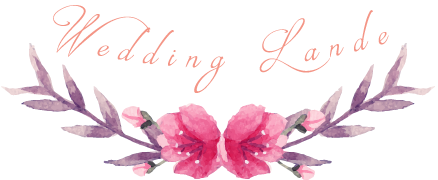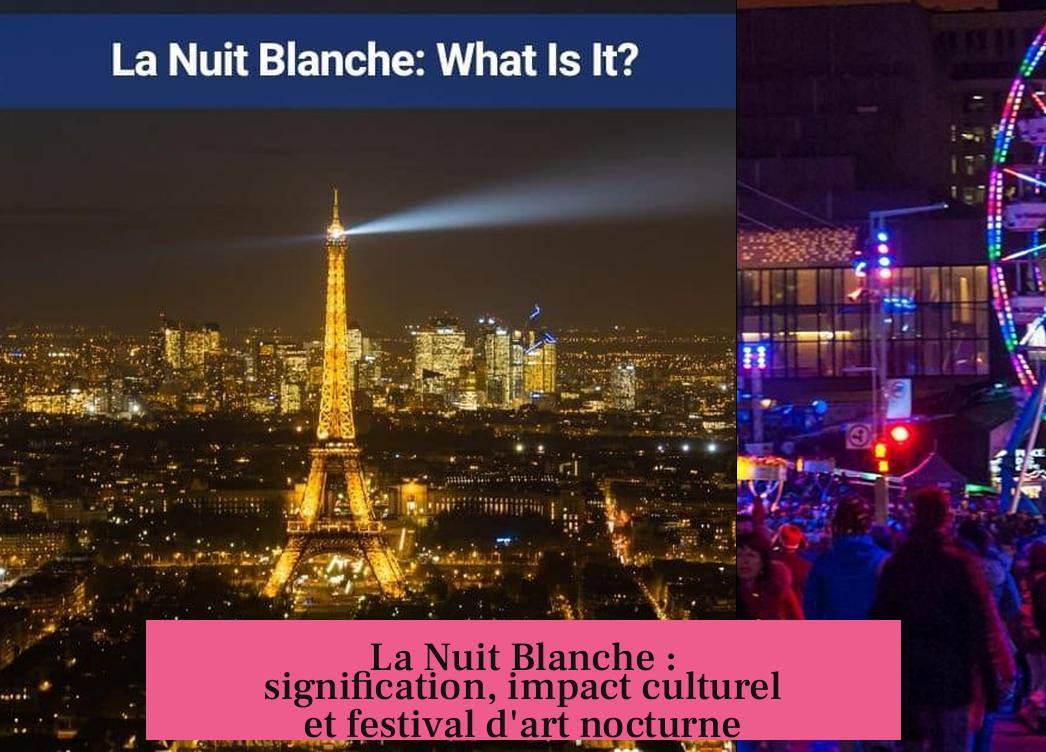Que signifie « La Nuit Blanche » ?
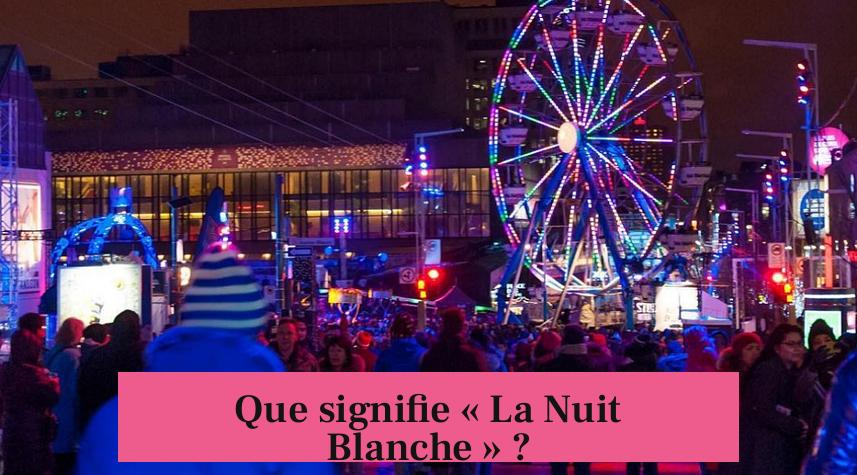
« La Nuit Blanche » signifie littéralement « la nuit blanche », une expression française désignant une nuit sans sommeil, qu’elle soit volontaire ou non.
Signification et usage en français
« Nuit blanche » décrit une nuit passée éveillé, souvent à cause du travail, du stress ou d’un événement spécial. Cela peut être un « all-nighter » planifié, comme réviser pour un examen, ou un état d’insomnie involontaire.
- Par exemple : « J’ai passé une nuit blanche à cause du stress. »
- Ou : « J’ai fait une nuit blanche pour réviser. »
L’adjectif blanche suit le nom nuit, conformément à la grammaire française où l’adjectif vient généralement après le nom. De plus, il prend la forme féminine car nuit est féminin. Cette règle est notable, surtout par comparaison avec l’anglais qui place habituellement l’adjectif avant le nom.
Prononciation
« Nuit » se prononce /nɥi/, proche de « nwee » sans prononcer le t final. « Blanche » se prononce avec une voyelle nasale, environ « blahnsh », où le « n » est nasal et le « ch » est doux.
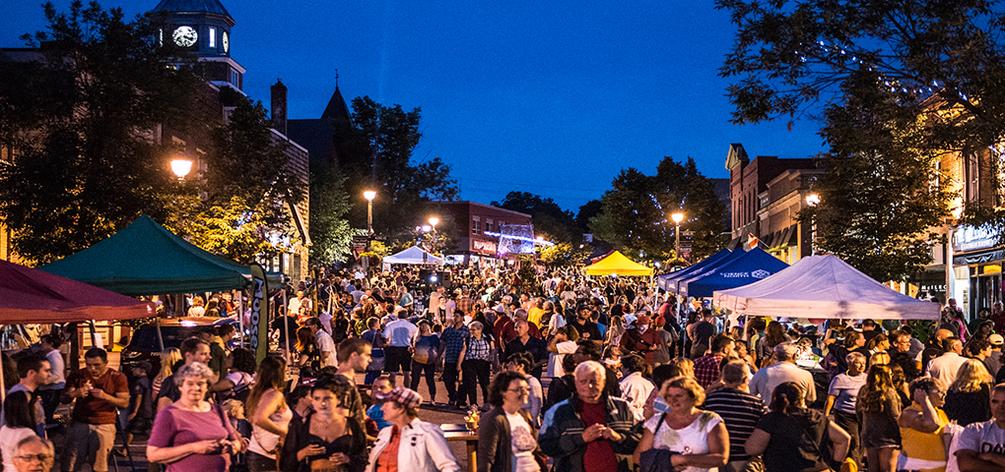
La Nuit Blanche : un festival d’art nocturne
Depuis 2002, « La Nuit Blanche » désigne aussi un festival artistique et culturel majeur. Chaque année, une ville organise une nuit entière consacrée à l’art, ouverte de la tombée de la nuit à l’aube.
Originalité et déroulement
- Les musées, galeries et institutions culturelles ouvrent gratuitement.
- Les rues deviennent des galeries d’art à ciel ouvert, avec des installations, performances, concerts et projections.
- Il s’agit d’une célébration urbaine où la ville elle-même devient une œuvre d’art immersive.
Le festival propose un mélange d’art contemporain et de formes traditionnelles : sculpture, théâtre de rue, musique, danse, arts visuels et poésie.
Origines et évolution
La première édition parisienne remonte à 2002, lancée par la mairie de Paris sous la direction artistique de Jean Blaise. L’objectif était d’animer la ville autrement, en transformant des lieux familiers en espaces artistiques surprenants.
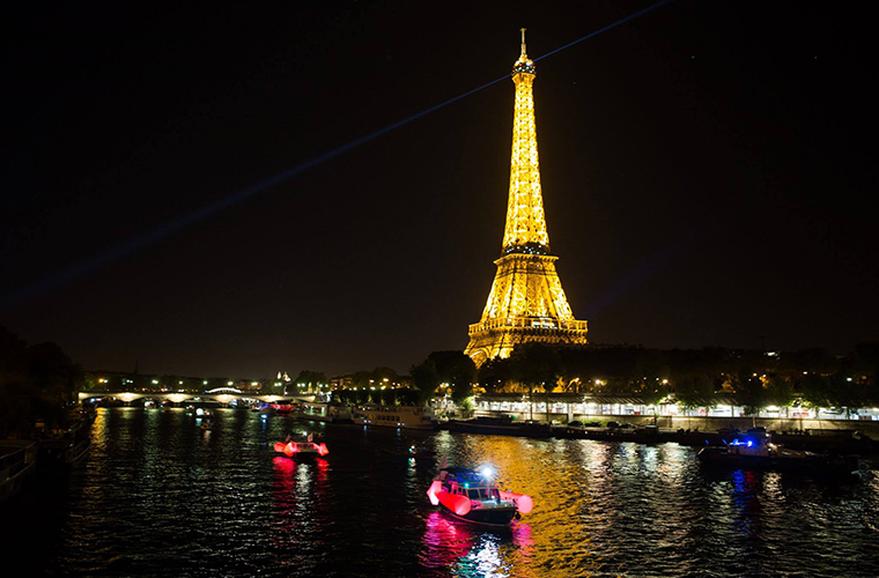
Depuis, la Nuit Blanche a attiré plus de 500 000 visiteurs, devenant un rendez-vous culturel incontournable. Initialement prévue en octobre, la date a été déplacée en juin pour bénéficier de conditions météorologiques plus favorables.
Rayonnement international
- Au-delà de Paris, plus de 120 villes dans le monde organisent leur propre Nuit Blanche.
- Des capitales comme Montréal, Bruxelles, Rome, Madrid, Toronto, et Melbourne participent.
- Chaque ville adapte le concept à sa culture, par exemple à Bruxelles, avec l’accent sur la collaboration artistique dans des ateliers.
Impact culturel et social
La Nuit Blanche favorise la découverte d’art autrement. Les citadins se réapproprient l’espace public. Cela stimule le tourisme, renforce le lien social et démocratise l’accès à la culture.
Le festival réunit des artistes internationaux et locaux dans un parcours nocturne, accessible à tous et gratuit.
Exemples concrets
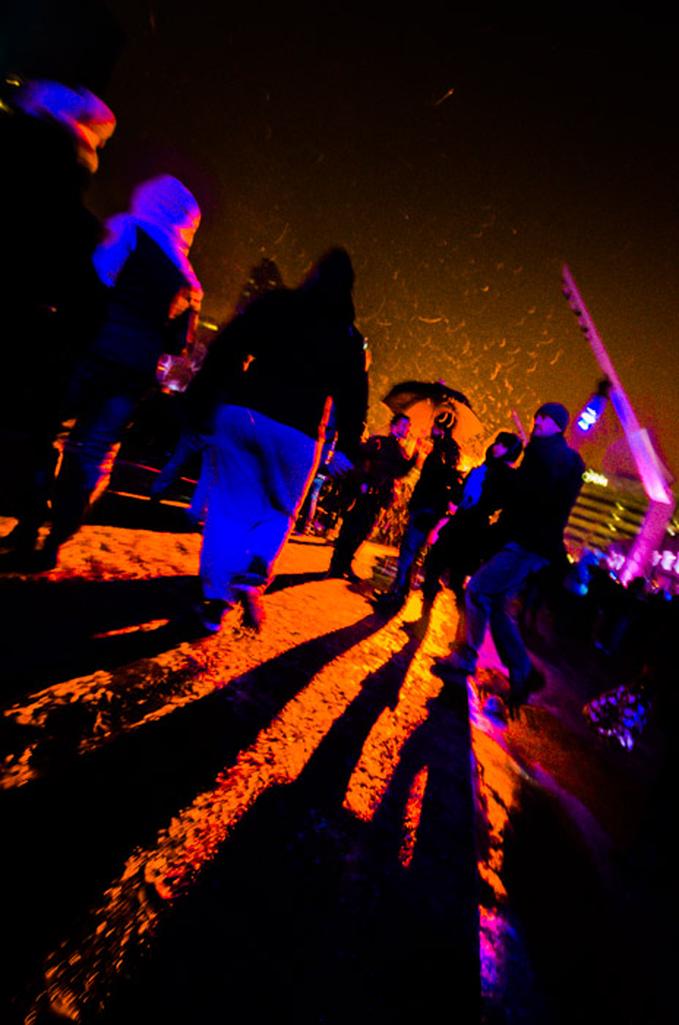
| Ville | Caractéristiques | Période |
|---|---|---|
| Paris | Art contemporain, monuments transformés, performances en rue | 1er samedi de juin |
| Montréal | Parcours lumineux, projets artistiques dans la ville | Annuel en mars |
| Melbourne | Lasers, art culinaire, animations nocturnes | Annuel depuis 2013 |
| Bruxelles | Art + People : création collaborative, ateliers | Biennal |
Résumé des points clés
- « Nuit Blanche » signifie « une nuit sans sommeil » en français.
- Expression utilisée pour évoquer l’insomnie ou une veille intentionnelle.
- Depuis 2002, c’est aussi un festival culturel gratuit et nocturne.
- Paris est la ville d’origine, avec un événement annuel et plus de 500 000 visiteurs.
- Plus de 120 villes dans le monde proposent des Nuits Blanches adaptées localement.
- Le festival mêle art contemporain, performances, musique, danse et art urbain.
- Il favorise la découverte, le tourisme et la vie culturelle nocturne.
What does La nuit Blanche mean? Exploring the mystique of a “White Night”
La nuit Blanche, translated literally as “white night,” is a French expression that primarily means a sleepless night or an all-nighter. Whether from anxiety, excitement, or simply choosing not to sleep, the phrase captures that elusive experience of a night spent wide awake. But La nuit Blanche is far more than just a phrase about insomnia; it has blossomed into a cultural phenomenon celebrated worldwide, especially through the arts. Curious to know why a white night is so much more dazzling than just sleepy eyes staring at the clock? Let’s dive in!
La nuit Blanche: More Than Just Sleeplessness
First things first—if a French person says, “J’ai passé une nuit blanche,” they could mean one of two things. It might be an unintentional sleepless night caused by stress or anxiety, like cramming for final exams. Or, it could be a deliberate choice—pulling an all-nighter to revise notes or create art through the wee hours. The key is context.
In French grammar, the phrase adheres to a neat rule: adjectives typically trail the noun. So “nuit” (night) is followed by “blanche” (white, feminine form), making the phrase both poetic and precise. Try to remember this when comparing to English, where “white night” might ring odd; French likes to keep it stylish by switching the order.

Pronouncing “nuit blanche” correctly is half the fun. “Nuit” sounds something like “nwee,” with a soft, French twist on the vowels. “Blanche” is trickier, blending a nasal “ahn” sound with a soft “shh” ending—think “blah-sh.” Master that, and you’ll impress any Parisian you meet.
The Birth of a Nighttime Arts Extravaganza
So how did a term for “sleepless night” turn into an international celebration? The story begins in Paris in 2002, when the city decided to give the phrase a whole new meaning. The first Nuit Blanche festival was launched on October 5 under artistic director Jean Blaise. The goal? To transform the city into one vast art gallery, open and vibrant from dusk until dawn.
This event is unlike any other. Imagine museums, galleries, and cultural spaces flung wide open for free. Streets and famous landmarks turn into stages for performances—and art installations, music, dance, film, even poetry and street theater. The city becomes a playground for creativity, sparking surprises and delighting both residents and visitors. The Eiffel Tower, for example, has donned bizarre and beautiful exhibitions that make you see it in a fresh light—sometimes literally!
A Festival That Reinvents Itself Every Year
One fascinating fact about Nuit Blanche is its ever-changing nature. Each year brings new directors, new locations, and new artistic visions. The spirit remains: surprise, engage, and celebrate art in ways even longtime Parisians can’t predict. The event invites everyone to participate, whether as viewer or artist, mixing contemporary and traditional forms.
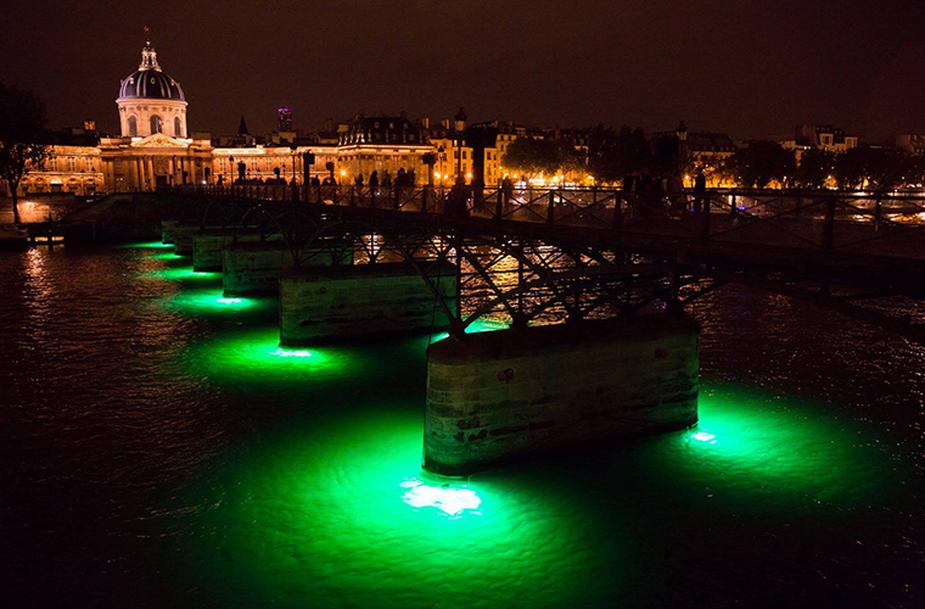
Paris’s Nuit Blanche attracts about 80,000 people annually. It’s truly an unmissable highlight of the autumn cultural calendar—though since 2023, organizers moved it to June to embrace friendlier weather. The 23rd edition in 2024 featured over 200 contemporary art installations, both from French artists and international creators.
Nuit Blanche: From Paris to the World
But the fun didn’t stop in Paris. The allure of one all-night cultural celebration spread far and wide. Today, more than 120 cities globally host their versions of Nuit Blanche or “White Night” festivals. They appear from North America to Europe, Australia to South America. Cities like Montreal, Toronto, Brussels, Valletta in Malta, Melbourne, and even Spanish cities like Málaga and Barcelona celebrate their own sleepless nights filled with creativity.
Each city adds a local flavor. For example, Brussels has evolved its event into a biennial festival called Art+People, emphasizing collaborative art-making with labs and residencies. Malta’s Notte Bianca invites guests to enjoy cafes and restaurants open late with live performances scattered throughout the illuminated city. Australia mixes in lasers and culinary sensations, while Spain combines late-night museums with street festivities known as Noche en Blanco.
A Night Full of Artistic Diversity
Talking art, Nuit Blanche is anything but one-dimensional. It’s a multi-sensory feast showcasing everything from sculpture to street art, poetry to sound and light shows. Performances feature dance troupes, music bands, film screenings, and even processional theater. The variety defies boredom and ensures there’s something for just about every taste.
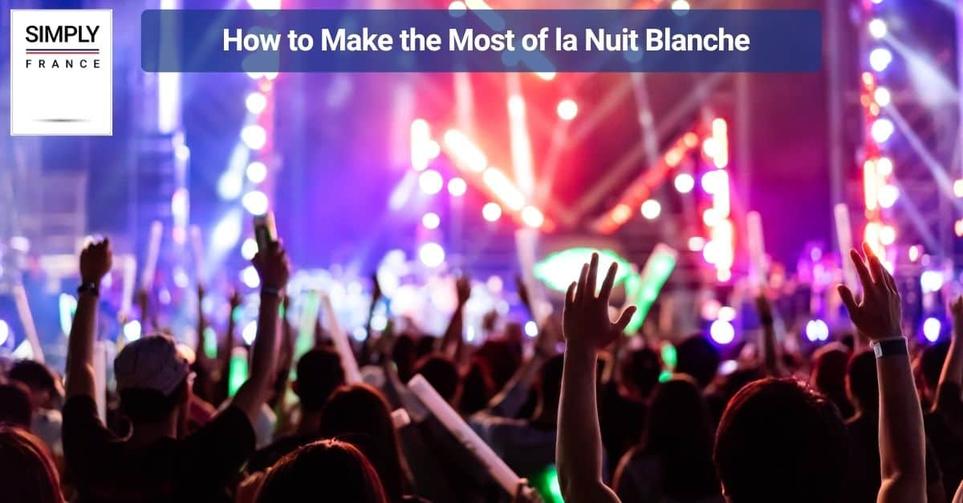
These festivals spotlight emerging talents and established names alike. For artists, it’s a rare chance to reveal unseen works or experiment with new forms under the unique glow of a sleepless night. For audiences, it’s an invitation to wander, discover, and engage deeply with culture.
What’s the Social Impact of a White Night?
Nuit Blanche acts as a bridge. It connects people to art, brings communities together, and injects vibrancy into urban life. For cities, it enhances tourism, promotes creativity, and enriches cultural identity. For individuals, it offers a night to break routines and experience the city as a living gallery.
Mayor Bertrand Delanoë of Paris championed Nuit Blanche as one of his imaginative innovations. He understood that art has the power to awaken both places and people. The festival’s success inspired cities everywhere to adopt similar celebrations, creating a global network of sleepless, art-filled nights.
Why Embrace La nuit Blanche?
Perhaps you’re wondering, why participate in a night that guarantees little to no sleep? Beyond the arts, there’s an allure to the collective energy and unique atmosphere. There’s a thrill in walking through streets buzzing with live creativity in the dead of night. It’s an opportunity to see your city in a new light—sometimes literally—and to connect with others who share a passion for discovery.
In short, La nuit Blanche isn’t just a sleepless night; it’s a cultural awakening. It redefines how we perceive urban space, transforms familiar landmarks, and encourages everyone to savor the nocturnal magic of art.
In Conclusion
To sum up, La nuit Blanche means literally a “white night,” which in French refers to a sleepless night or all-nighter. But its cultural significance shoots far beyond, being an internationally renowned nighttime arts festival that animates cities with free, open artistic experiences. From Paris’s birth of the tradition in 2002 to its blossoming in over 120 cities worldwide, this “white night” celebrates creativity, community, and the joy of being awake when the world is usually asleep.
Next time you hear about La nuit Blanche, remember it’s not just about missing sleep; it’s about capturing a night where art and life refuse to close their eyes.
Fancy Experiencing La nuit Blanche Yourself?
If you ever find yourself in Paris, Toronto, Montreal, or Melbourne on a Nuit Blanche night, take the plunge. Wander those open museums, get lost in street performances, and let the city’s cultural heartbeat keep you awake. Just don’t blame us if you’re a bit bleary-eyed the next day!
Que signifie l’expression « nuit blanche » en français ?
« Nuit blanche » signifie littéralement « white night ». C’est une expression française pour désigner une nuit sans sommeil, volontaire ou non. On peut l’utiliser pour parler d’une nuit passée à veiller ou d’une insomnie due au stress.
Comment prononce-t-on « nuit blanche » en français ?
« Nuit » se prononce /nɥi/ (comme « nwee »). « Blanche » se prononce avec une voyelle nasale « ahn » et une finale douce « shh », environ « blah-sh ». Le « t » de nuit n’est pas prononcé.
Qu’est-ce que la Nuit Blanche en tant que festival artistique ?
C’est un festival nocturne annuel où musées et galeries ouvrent gratuitement. La ville devient une immense salle d’exposition avec des performances, des installations et des animations toute la nuit.
Quelle est l’origine du festival Nuit Blanche à Paris ?
La Nuit Blanche a débuté en 2002 à Paris sous la direction artistique de Jean Blaise. L’événement est né pour montrer la ville sous un nouveau jour grâce à l’art et la culture toute une nuit.
Comment la Nuit Blanche a-t-elle évolué dans le monde ?
Après Paris, le concept s’est diffusé dans plus de 120 villes. Des festivals similaires ont vu le jour, mêlant arts et vie urbaine nocturne. Chaque édition adapte l’idée aux particularités locales.
Pourquoi dit-on « nuit blanche » et non « blanche nuit » en français ?
En français, l’adjectif suit toujours le nom. Ainsi, « nuit blanche » suit cette règle où « blanche » s’accorde en genre et en nombre avec « nuit », un nom féminin.
